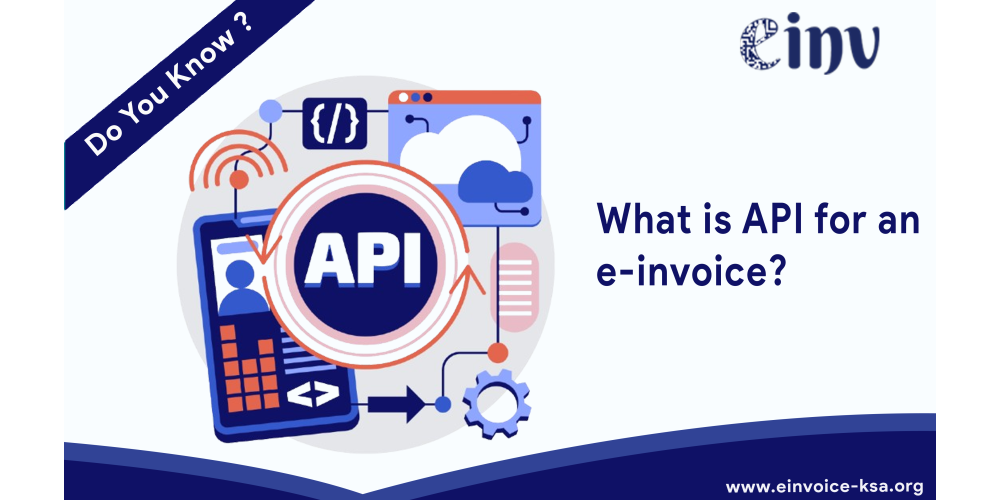
An API (Application Programming Interface) for e-invoicing is a set of rules and protocols that allows different software systems or platforms to communicate with each other for the purpose of generating, sending, and validating electronic invoices (e-invoices). It is used to automate the process of creating and transmitting invoices in a structured electronic format, making invoicing faster, more accurate, and compliant with legal and tax regulations.
Key Functions of E-Invoice API:
Generation of E-Invoices:
The API helps businesses automatically create e-invoices by sending invoice data in the required format, typically XML or JSON, to a central platform or government portal.
Validation of Invoices:
The API validates invoice data to ensure it complies with the required standards, including tax codes, item details, and customer information. It may also check for duplicate invoices.
Transmission to Tax Authorities:
After generating and validating the invoice, the API allows for the real-time transmission of invoices to the tax authorities or e-invoicing systems like those in Saudi Arabia (ZATCA), India (GSTN), or EU countries.
Tracking & Acknowledgment:
The API provides a mechanism for receiving an acknowledgment or acceptance from the government or tax authority, confirming that the invoice was successfully transmitted and processed.
Invoice Retrieval & Storage:
The API allows businesses to retrieve or store invoices digitally for easy access and compliance with tax regulations. This helps in auditing, reporting, and record-keeping.
Integration with Accounting Systems:
Businesses can integrate the API into their existing accounting software or ERP systems, enabling seamless and automatic invoicing processes, thus reducing manual errors and increasing operational efficiency.
Handling Debit/Credit Notes:
The API may also support the generation and transmission of debit or credit notes, which are used to adjust amounts in the original invoice due to returns, discounts, or other changes.
Request A Call Back
We will try and understand your system architecture & discuss details of what it will take for you to get 100% compliant.














